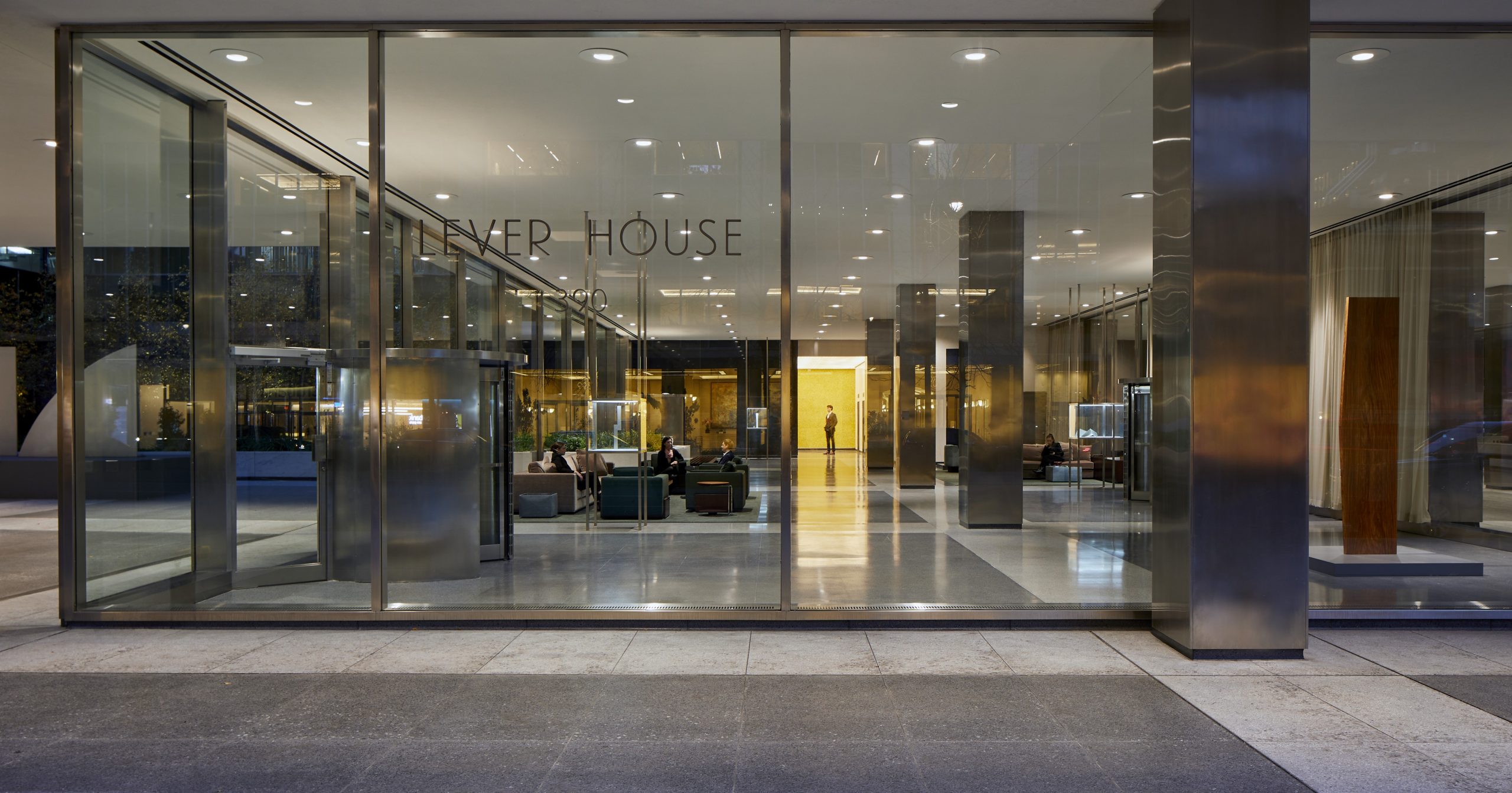Photographer Paul Clemence likes to blend the abstract and the descriptive in his architectural work.
“I’m always looking to create something from what I see, and express what I’m looking at,” he says. “I also photograph in a way to describe the place.”
His latest effort comes from Potomac Md., where he shot the new, Tom Phifer-designed Pavilions at Glenstone.
It’s a private museum in the Washington, D.C. suburbs, an expansion of a smaller project by Gwathmey Siegel. “It’s owned by Mitchell Rales and Emily Wei Rales,” he says. “Their collection keeps growing and they wanted a place that could show it to the public.”
In a museum-going era that’s dominated by frenzies of selfies and other forms of self-absorption, the Rales instead wanted to show how design influences a museum-goer’s experience. So Phifer’s work here is about light that guides the visitor from gallery to gallery. And Clemence’s photographs tell the whole story.
“With my photographs I tried to capture the idea that the light tells you where to go – it’s fascinating and exquisite,” he says. “You begin walking and the light bathes the spaces in a very sophisticated way that really makes you want to walk to the light, and it brings you to the next space – the light coordinates the flow.”
On display and in Clemence’s photographs are works by some of the leading contemporary sculptors and painters of our time. Among them are two large installations by Martin Puryear, two more by Michael Heiser (with an entire space for one of his pieces) and one room dedicated to Charles Ray. There’s also work by Brazilian sculptor Lygia Pape and Roni Horn, as well as painter Brice Marden.
Allowed to photograph the installations for a few hours before the museum’s official media reception, Clemence made the most of his limited time. “I shot only in natural light but I got lucky on the sun,” he says. “You read the spaces through the light, and I was pretty fortunate to get quite a bit of it.”
That makes all of us equally fortunate.
For more, go here.
[slideshow id=1961]


